Many landscape architects resist planting design. It’s complex, time-consuming, and site-specific. Results are highly intertwined with implementation and maintenance. Planting is also exactly what your dad’s friends think you do – “Come over, tell me what to do with my yard. And why don’t you mow the lawn while you’re at it.”
However, over the past 20 years, it’s become increasingly apparent that landscape architects can’t continue to rely on landscape contractors to “shrub up” their beautifully-rendered designs. Functioning and maintainable plantings are essential for projects to deliver the ecosystem benefits that landscape architects claim to value. High-profile projects like the High Line in New York demonstrate the power of good planting to capture the public imagination and convince consumers that landscape architects can deliver value for fees.
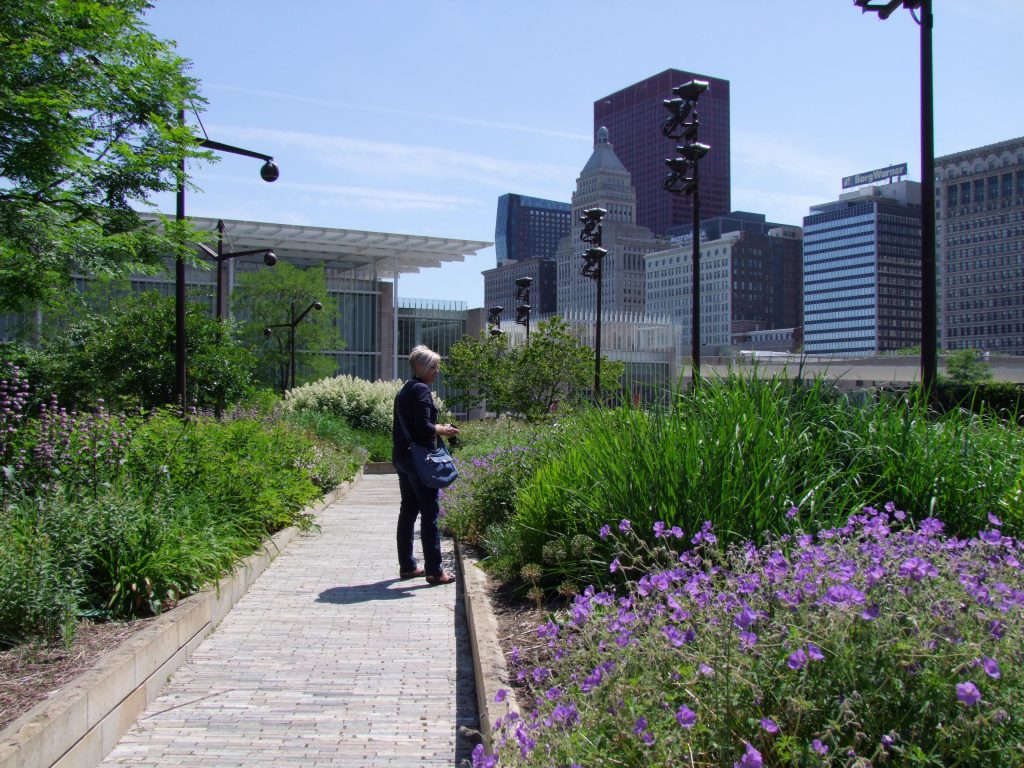
Lurie Garden, Summer 2014 – Planting by Piet Oudolf
Planting in the first 20 years of the twenty-first century has been defined by Piet Oudolf, a Dutch planting designer who rose to prominence in the United States when engaged to design several high profile projects – especially the aforementioned High Line and the Lurie Garden in Chicago. More recently, in America, Thomas Rainer and Claudia West have been widely publicized for their book Planting in a Post-Wild World and work at Phyto Studio.
These designers are most widely known for work with a highly specific look: flower-heavy herbaceous plantings that are basically a fantasy version of North American prairie plant communities. It’s an approach that Sheffield scholars James Hitchmough and Nigel Dunnett refer to as “enhanced nature”. UK scholar and landscape writer Noel Kingsbury explores in depth in his 2013 book with Piet Oudolf, Planting: A New Perspective. This style of planting has even spawned an enthusiastic Facebook Group, Dutch Dreams, with over 5000 members.
This style of planting is intimidating for designers (and clients) trained in more traditional approaches to planting design. Most landscape architects are working without the knowledge base of an experienced planting designer or a highly skilled and trained maintenance staff. Since efficiency equals profit, it can be challenging to experiment and learn about these new approaches to planting in the context of a professional practice.
As a starting point, I’ve compiled a set of widely used terms that you – as a designer – can use to describe the qualities you’re seeking to achieve in a planting design. Having this vocabulary in your toolbox should enable you and your clients to make impactful decisions and achieve the types of results you want.
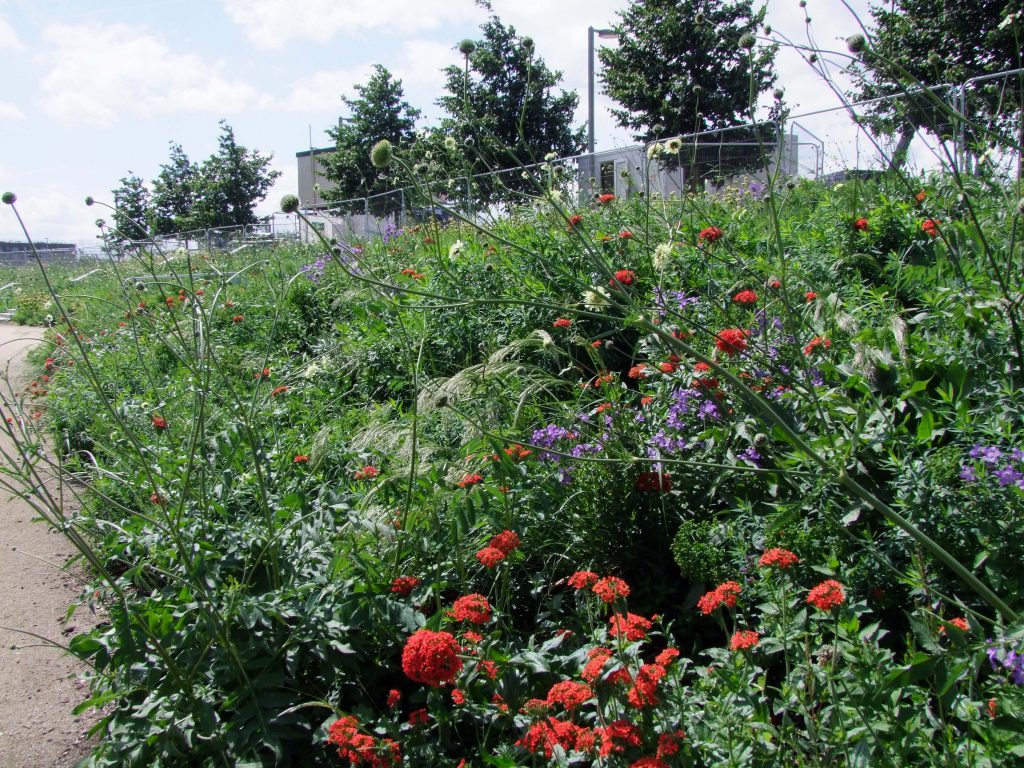
London 2012 Olympic Park. Planting by Nigel Dunnett, James Hitchmough, & Sarah Price
Naturalistic: The term “naturalistic” describes the appearance or aesthetic of a planting. Naturalistic plantings look irregular, organic, and naturally-occurring – rather than having some clear geometric order. While they may look “wild” or “natural”, they are designed.
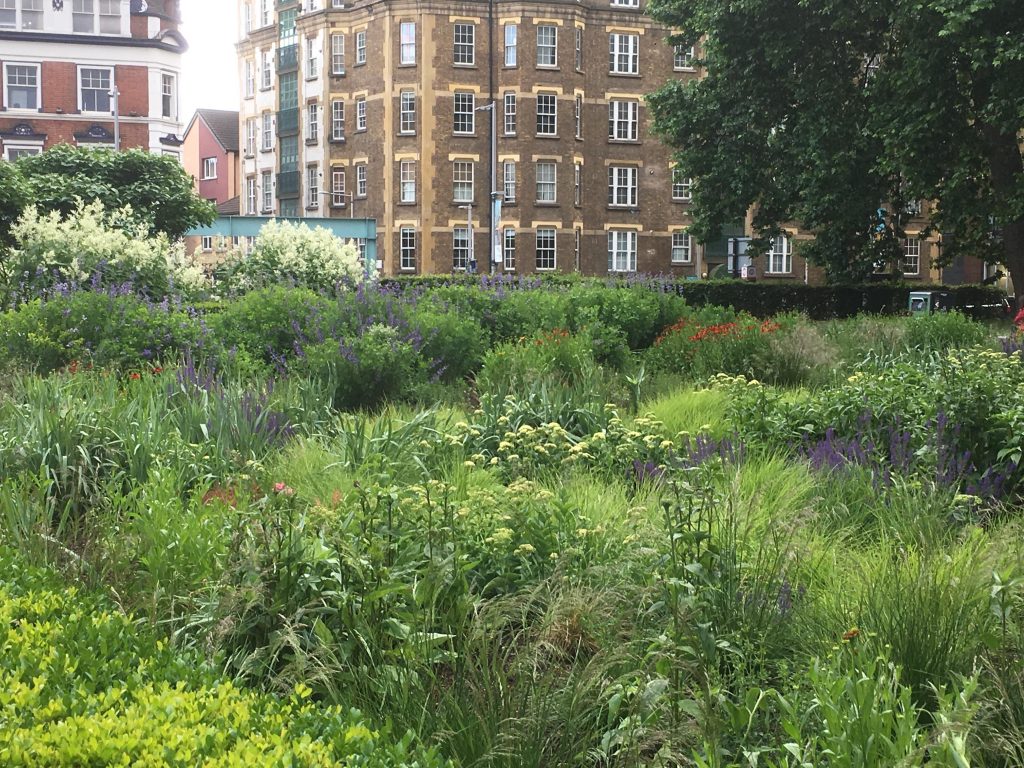
Potters Field Park, June 2017. Planting by Piet Oudolf.
Block Planting: “Block planting” is a planting placement strategy typical of traditional planting design, where multiples of the same type of plant form distinct groups.
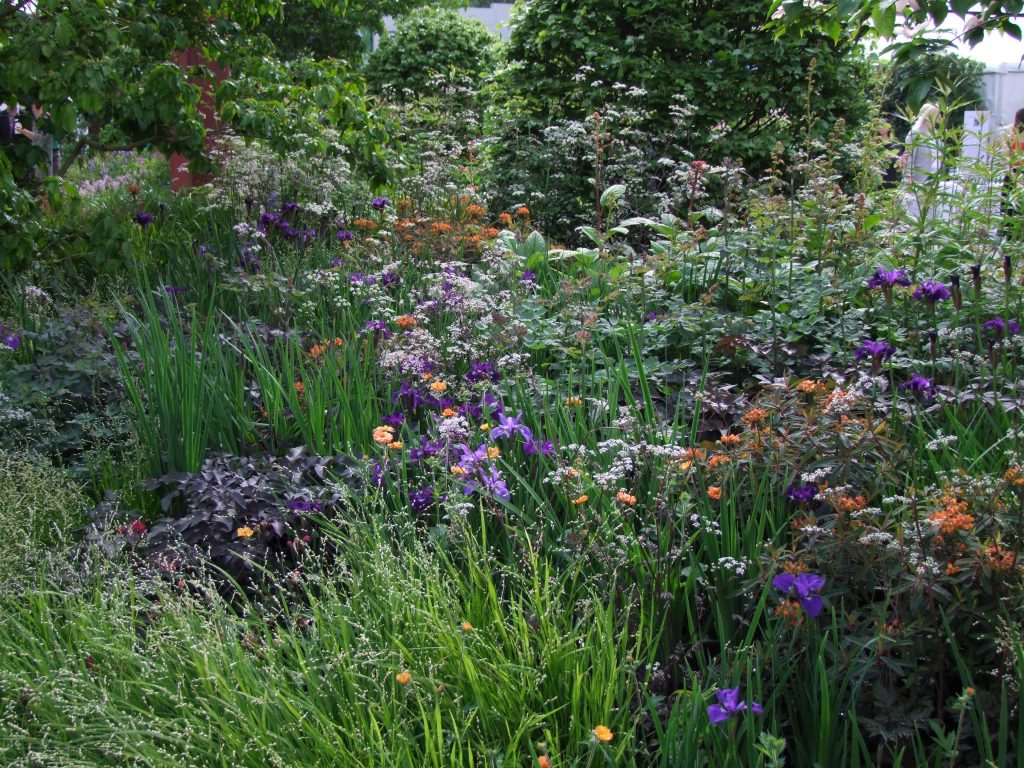
Chelsea Flower Show Garden, May 2019. Planting by Tom Stuart-Smith Studio.
Intermingling: “Intermingling” is about placement of individual plants in relationship to each other. In an intermingled planting, you’ll see a mixture of different types of plants together, rather than distinct blocks of one species.
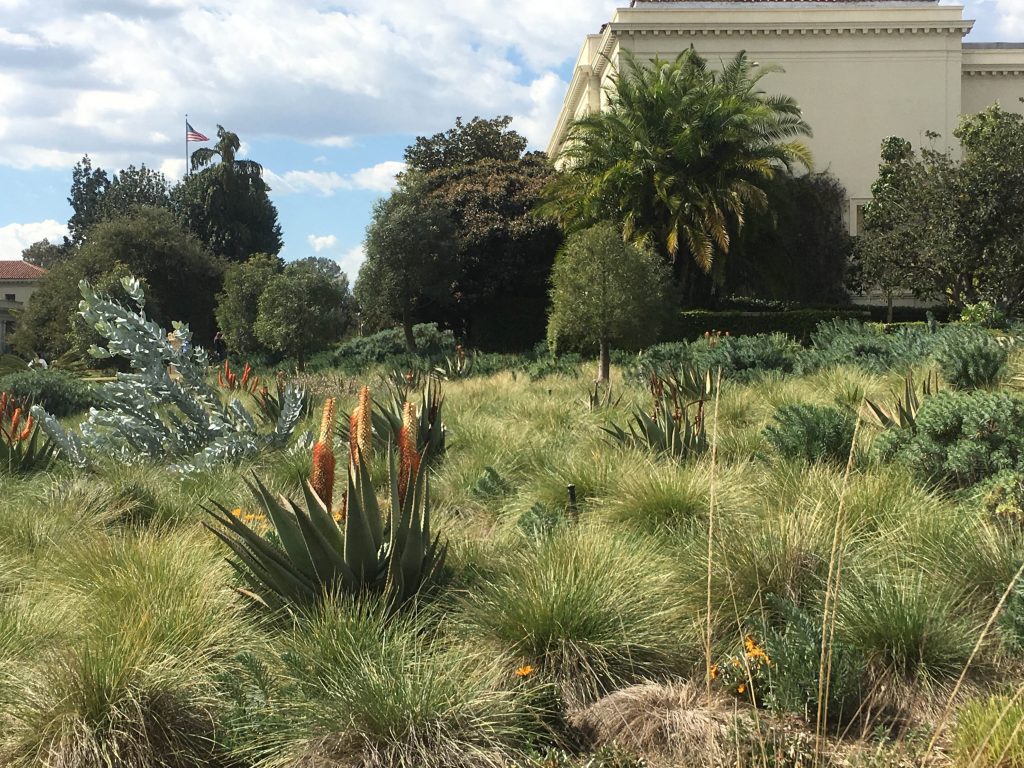
Grass Matrix with Aloes at Huntington Library & Botanical Garden, February 2018
Matrix: Primary dense mass planting of a single species (often a grass) with other species planted more sparsely throughout.

Wave Hill, June 2015
Dynamic: In a “dynamic” planting, physical distribution of individual plants changes over time, based on self-sowing and spreading. Placement of individual plants is not significant to the design intent.
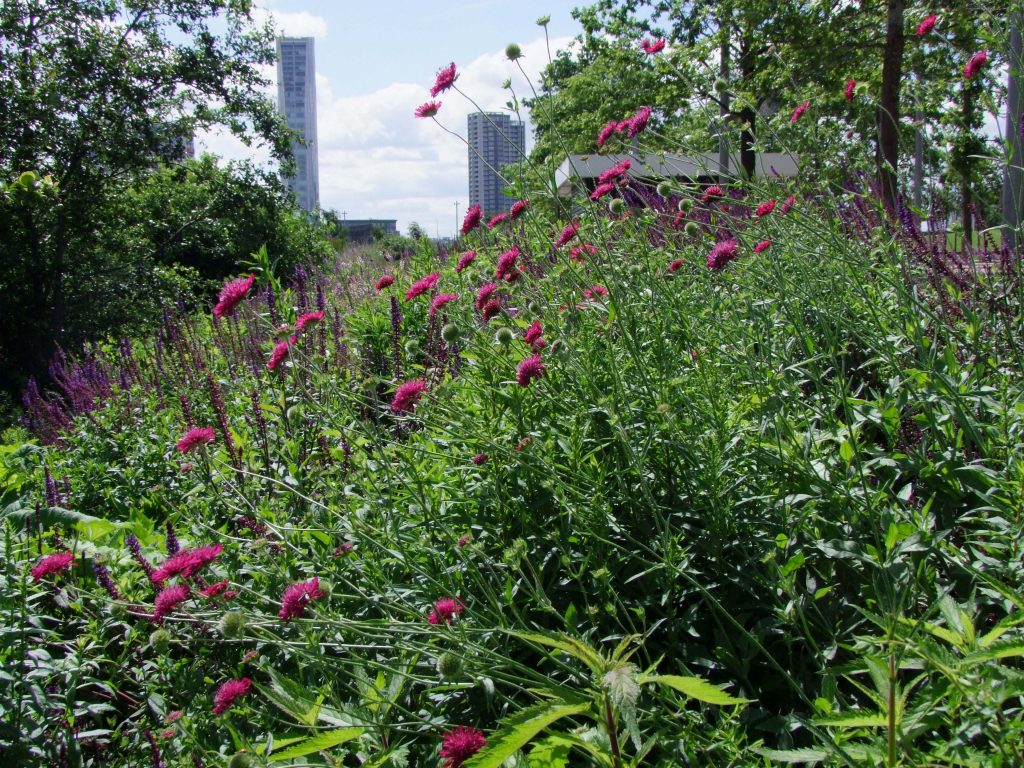
North American Plate, Queen Elizabeth Olympic Park, June 2017. Planting by Nigel Dunnett, James Hitchmough, & Sarah Price
Plant Community: The term “plant community” refers to a group of different species planted together that fill different spatial and temporal niches. In design terms, this means thinking about plants as groupings – rather than focusing on individual blocks or plants.
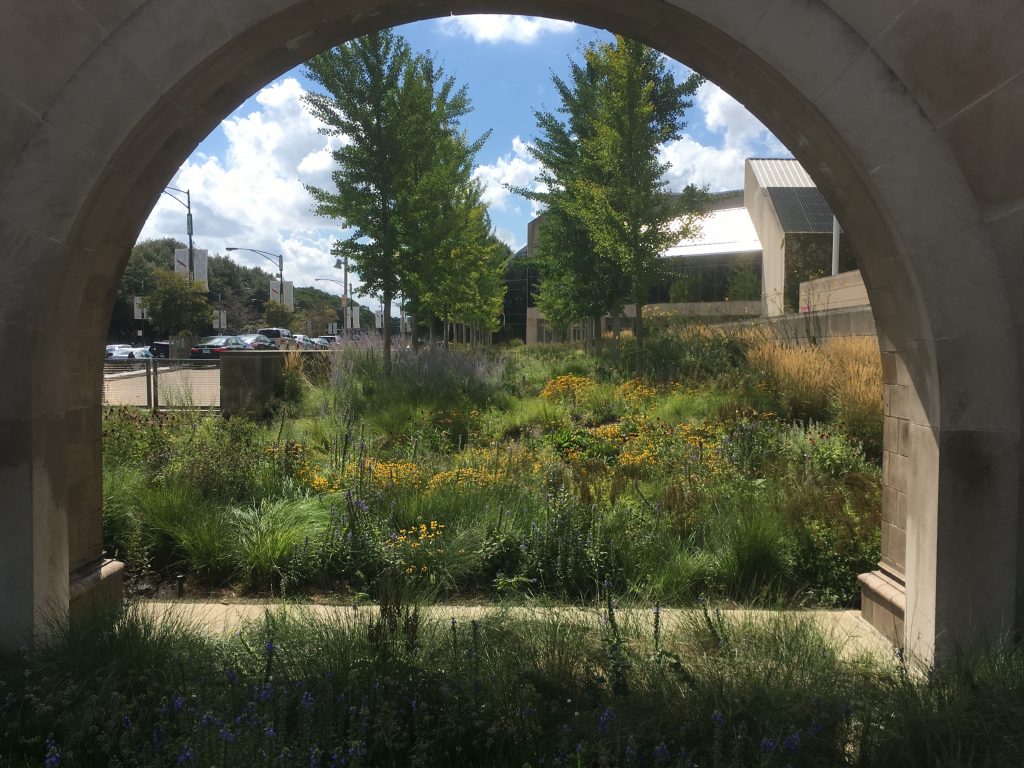
Chicago Art Museum Planting, September 2018. Planting by Roy Diblick.
Ecological: The term “ecological” describes a planting that is designed to have specific environmental functions and benefits. Most often it’s a term of hope, maybe even over-optimism. In the US, we have very little research demonstrating substantial ecological benefits from contemporary designed plant communities. Some research has been done in Europe, such as the BUGS study in Sheffield, which demonstrated that, at the metro scale, urban and suburban plantings did offer significant ecological benefits for biodiversity.
Acknowledgements & Further Reading
Noel Kingsbury – particularly Planting: A New Perspective (2013)
James Hitchmough & Nigel Dunnett – particularly The Dynamic Landscape (2004)
Thomas Rainer & Claudia West – Planting in a Post-Wild World (2015)
Julian Raxworthy – Overgrown (2018)
Jared Barnes – thanks for reading/reviewing – Plant-Ed Blog
—
Lead Image: Barbican – Planting by Nigel Dunnett




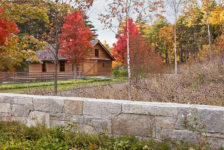
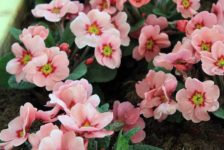
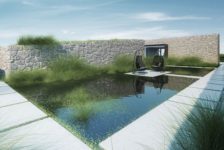
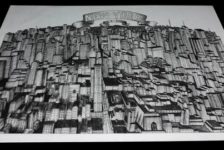
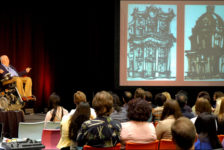
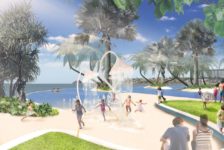

Tim Daugherty
Caleb – nice article. Thanks for sharing. One thing that could probably be added (in terms of planting style) is “modern” or perhaps “architectural”. Where planting is entirely geometric in use and layout…playing directly off architectural or constructed features in the site design. I always think this is a good way for Landscape Architects to distinguish themselves from landscape construction/design build.
Pingback: Do you speak garden? « Harmony Gardens